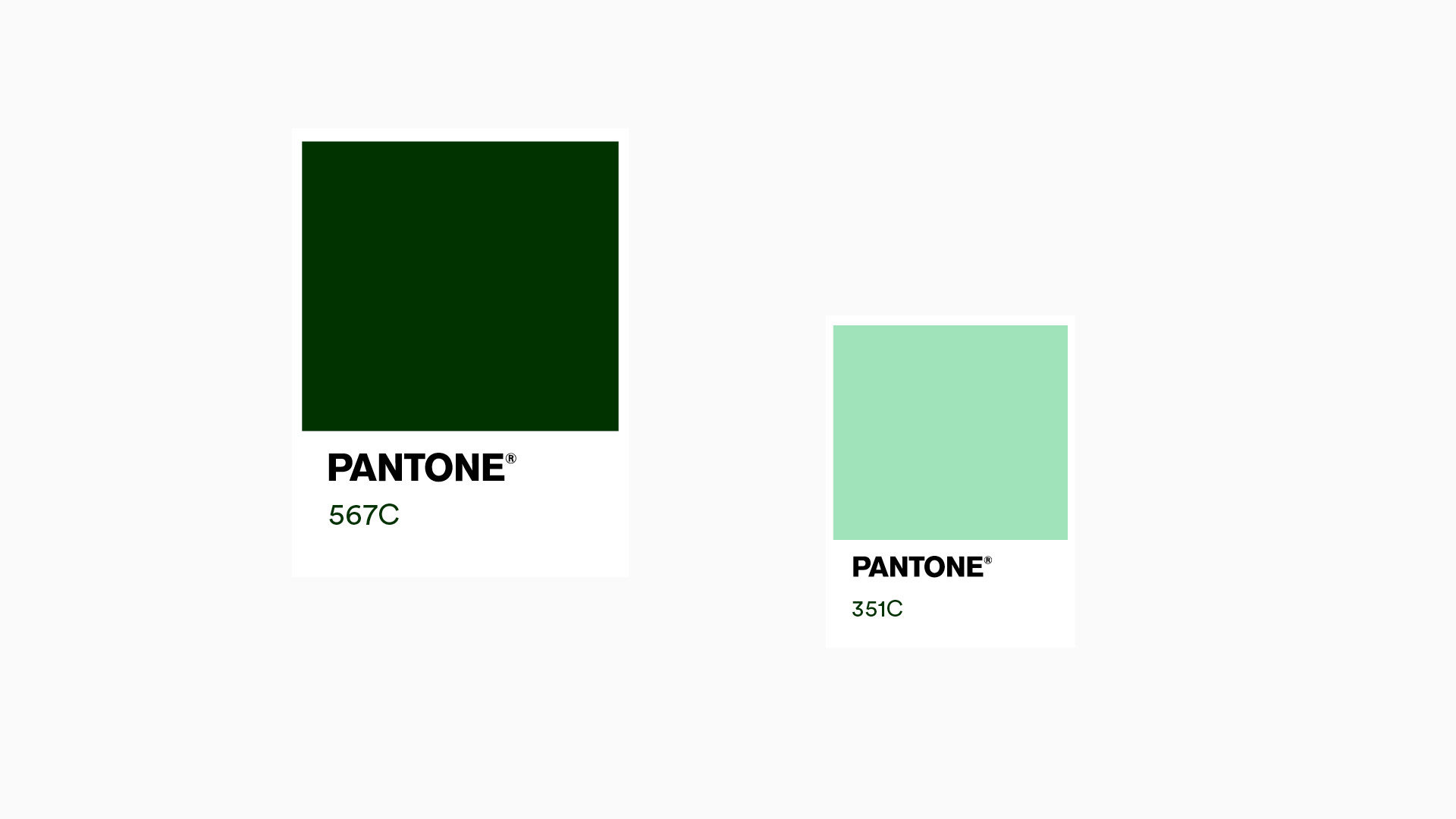
5 things to consider when building a member portal
by Nadia Lupton
Colour is one of the main reasons printers struggle with files, so here’s our useful guide to avoid such woes…

Also called “process colour” or “four colour” — this is the safest and most common colour model to use for print. CMYK stands for cyan, magenta, yellow and black (key) and your end colour is achieved by adjusting the levels of each colour percentage.

RGB is mostly used in digital formats and stands for red, green, blue.

More than 1,800 colours have been defined by Pantone, all of which have a unique ref number and are created by a highly precise mix of inks. Pantone colours also include metallics, pastels and neons.